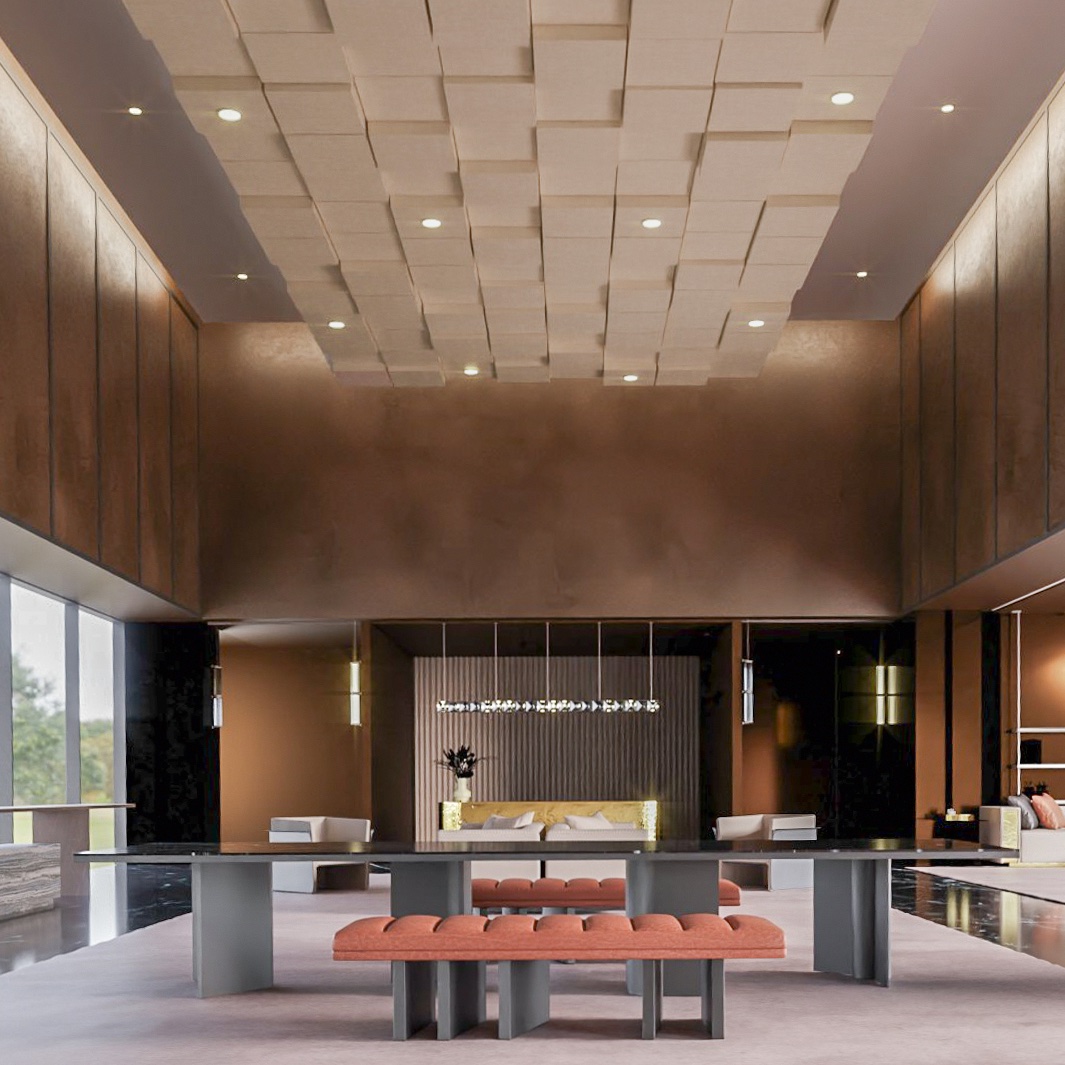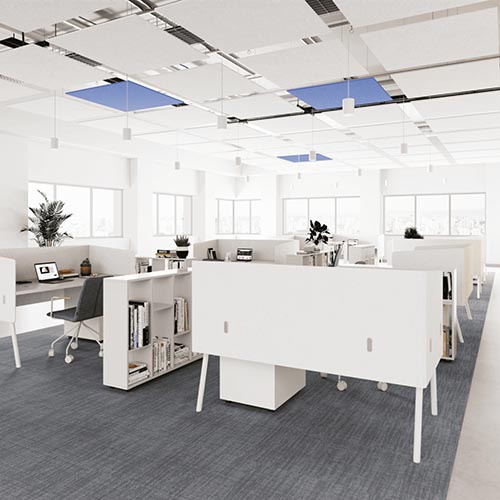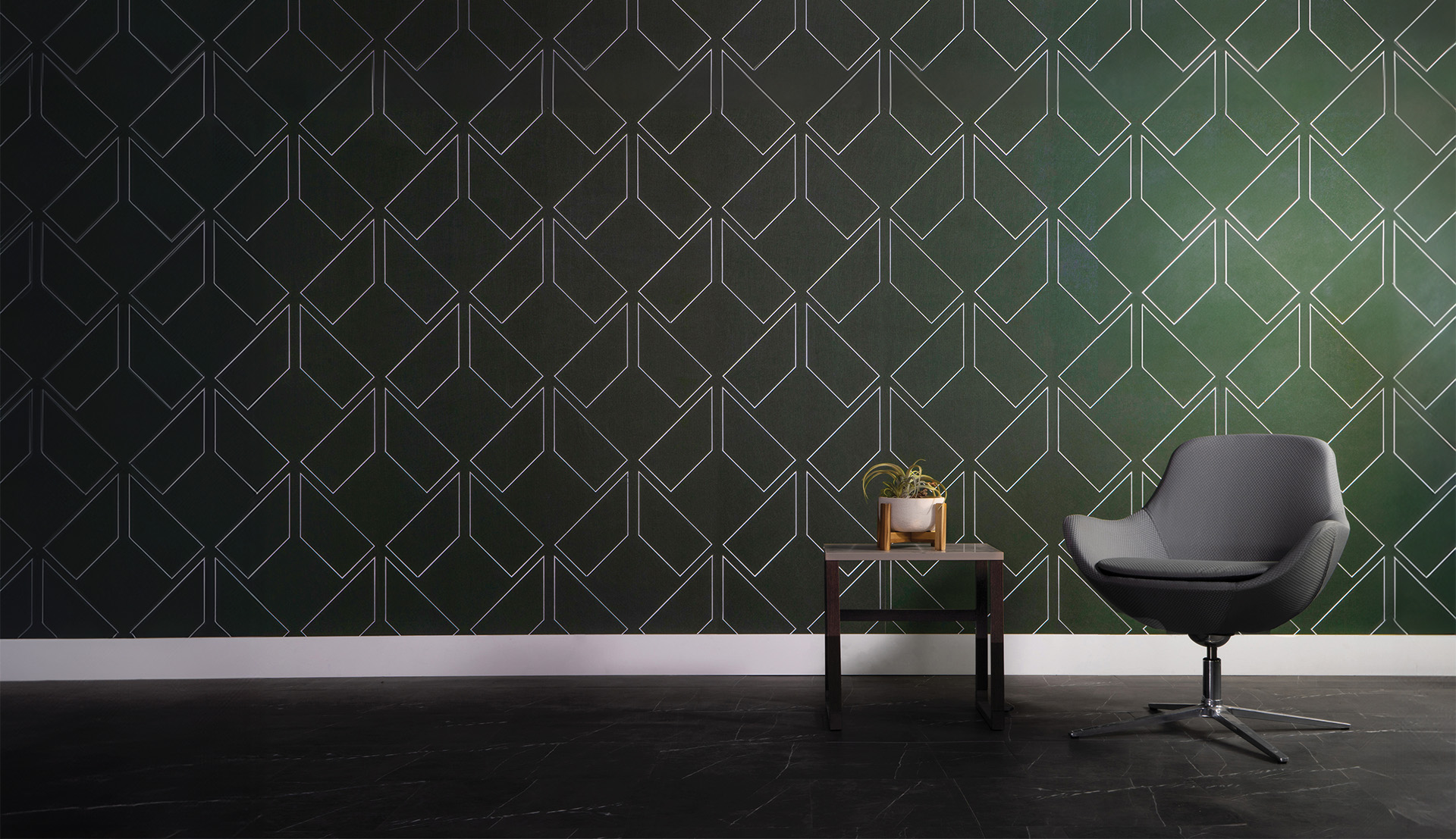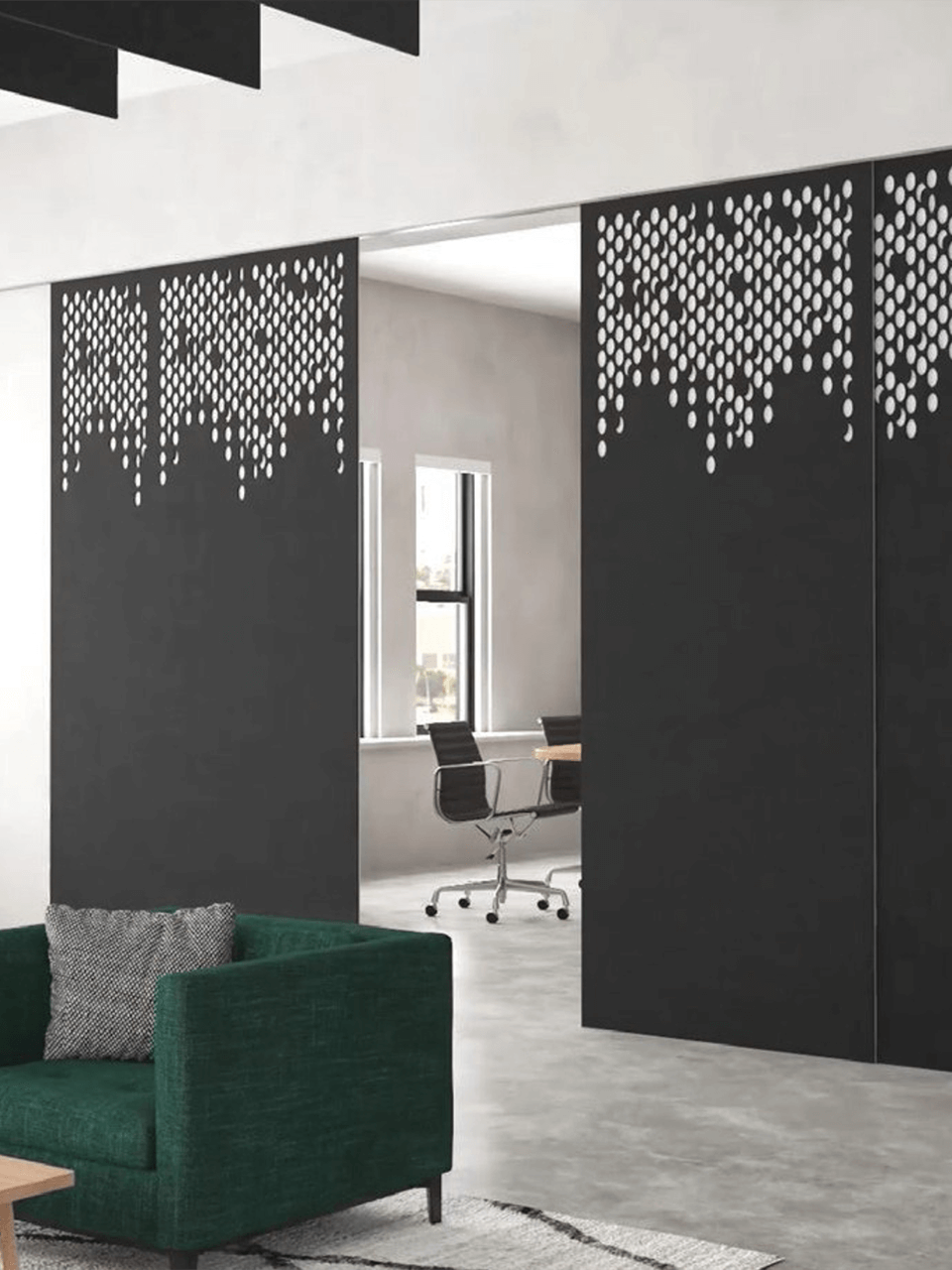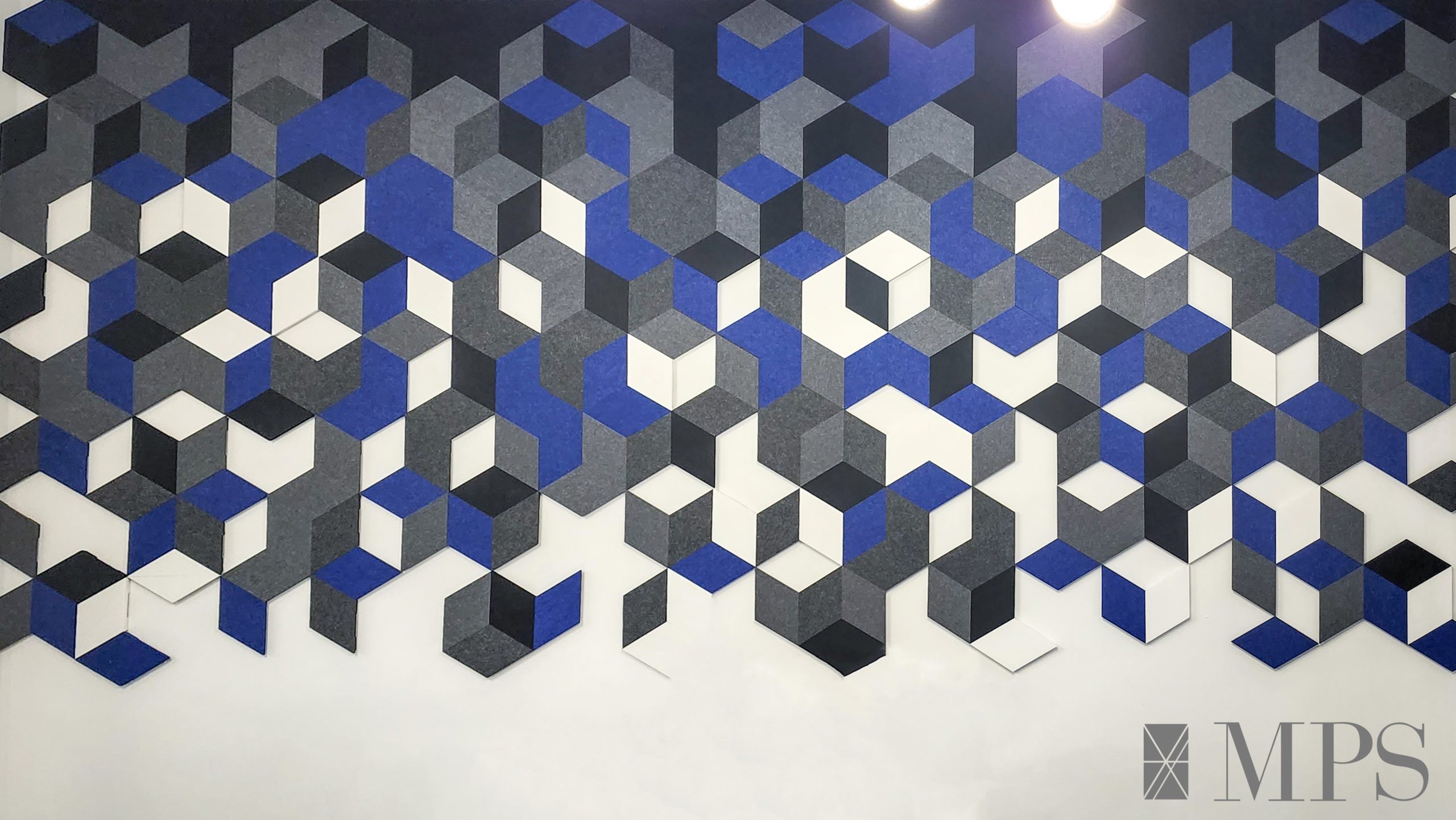Distraction has always been an issue in schools and colleges. Students, employees, and school activities are noise sources that distract fellow students and colleagues. Reduce noise and ensure speech privacy with effective acoustic designs.
The Effects of Distraction to Students and Teachers
A study shows that a moderate level of ambient noise is ideal for creative thinking. Moderate noise heightens abstract processing, leading to higher creativity. While a high level of noise impairs information processing and creativity.
Ambient noise is not distracting. It stays in the background. But distinct speech and overheard conversations and too much noise restrict attention level and cognition.
A 2014 research on college students’ perception of classroom noise revealed difficulties in hearing the teacher, concentrating, information processing and consequently, learning.
A noisy environment also indirectly affects mood and health. A study shows that noise causes psychological stress and voice problems to teachers, negatively affecting their performance and productivity at work.
46% of teachers report high daily stress. The negative consequences of stress also result in lower student performance and higher costs for schools.
Turnover Cost and Confidentiality in Educational Institutions
According to reports, roughly half a million teachers move or leave their profession every year and it costs school districts up to $2.2 billion a year. The turnover rate is high among new teachers, with 40% – 50% leaving their job after five years.
With sensitive information like grades, records, and other personal matters, privacy is a must in educational institutions. Confidential conversations between a student and professor and between colleagues should be protected with a certain level of privacy.
Sound masking systems and acoustic panels eliminate privacy and distraction concerns in school facilities, providing acoustically suitable areas for learners, educators, and other employees without the prohibitive costs of expanding the space of building walls.
School Areas in Need of Better Acoustic Design
Faculty rooms, registration, counseling, and admin offices require privacy. Confidential information and conversations in these offices are delicate and always in danger of being leaked.
Most libraries are quiet. With too much silence, even faint conversations from the other side of the room can travel freely on the whole floor and through floors and walls.
Many clubs or student committees share the same room to enhance collaboration. Libraries, classrooms, clubrooms, conference rooms, and other study areas need acoustic solutions that create an ambient atmosphere perfect for learning.
Effective acoustic privacy is the key to solve overheard speech issues and maintain a collaborative open area for students at the same time.

Sound Masking and Acoustic Panels for Educational Facilities
Commercial sound masking systems make conversations less intelligible while acoustic panels help reduce visual and acoustic noise. Unobtrusive speakers and decorative absorbing panels can be installed in the areas mentioned above.
Sound masking adapts to noise levels and adds a comfortable background sound, covering conversation and too much quiet that amplifies sound.
Acoustic panels can be installed in office walls, ceilings, and partitions to reduce acoustic and visual noise. Acoustic panels can also serve as additional art pieces, providing visual privacy in shared areas and offices.
Incorporating good acoustics in an educational facility supports learning and well-being and create an environment that fosters learning and collaboration among peers.

